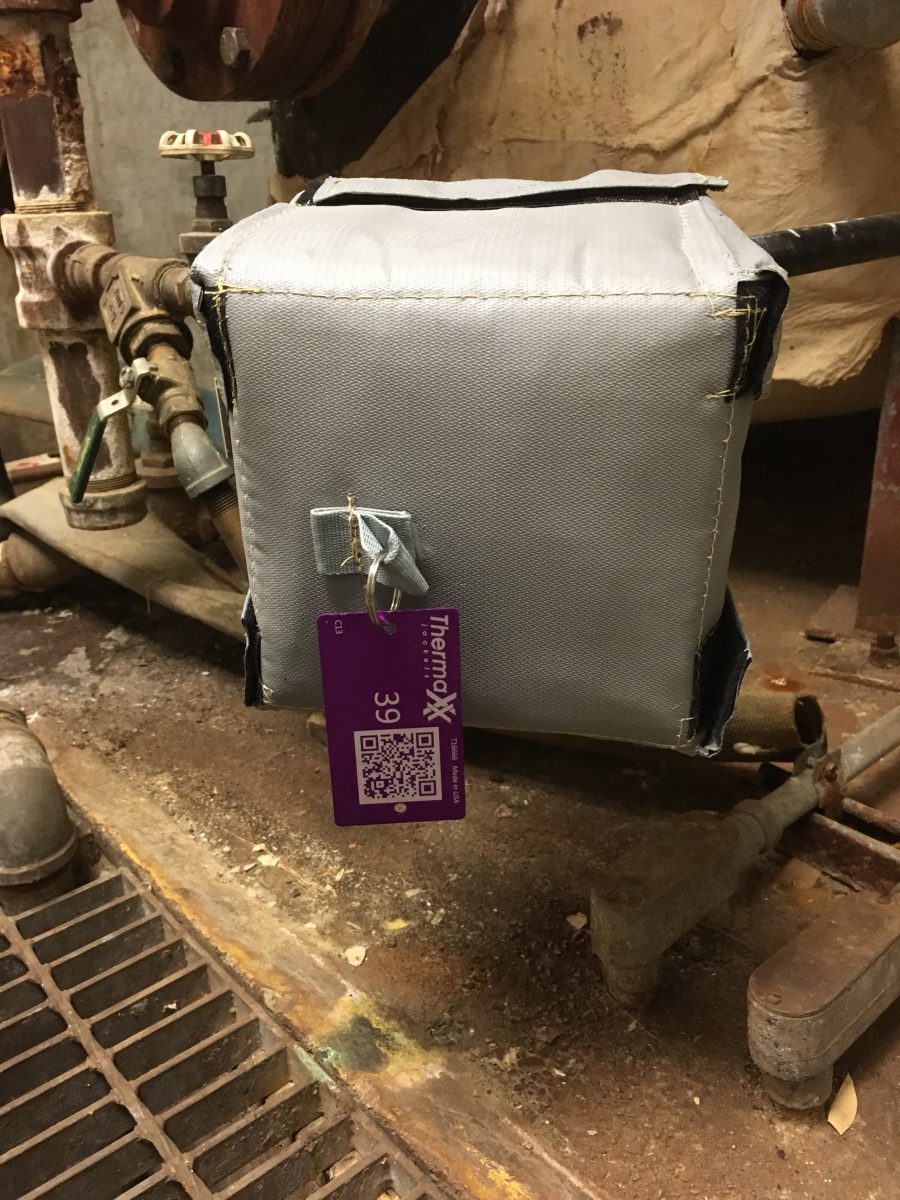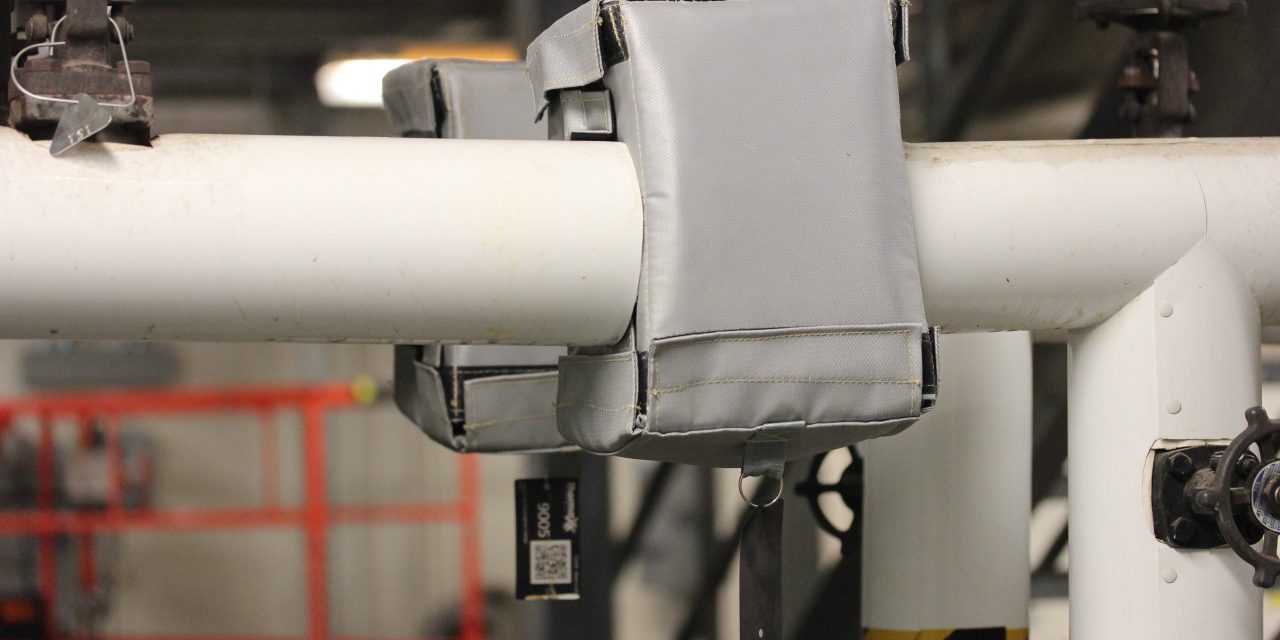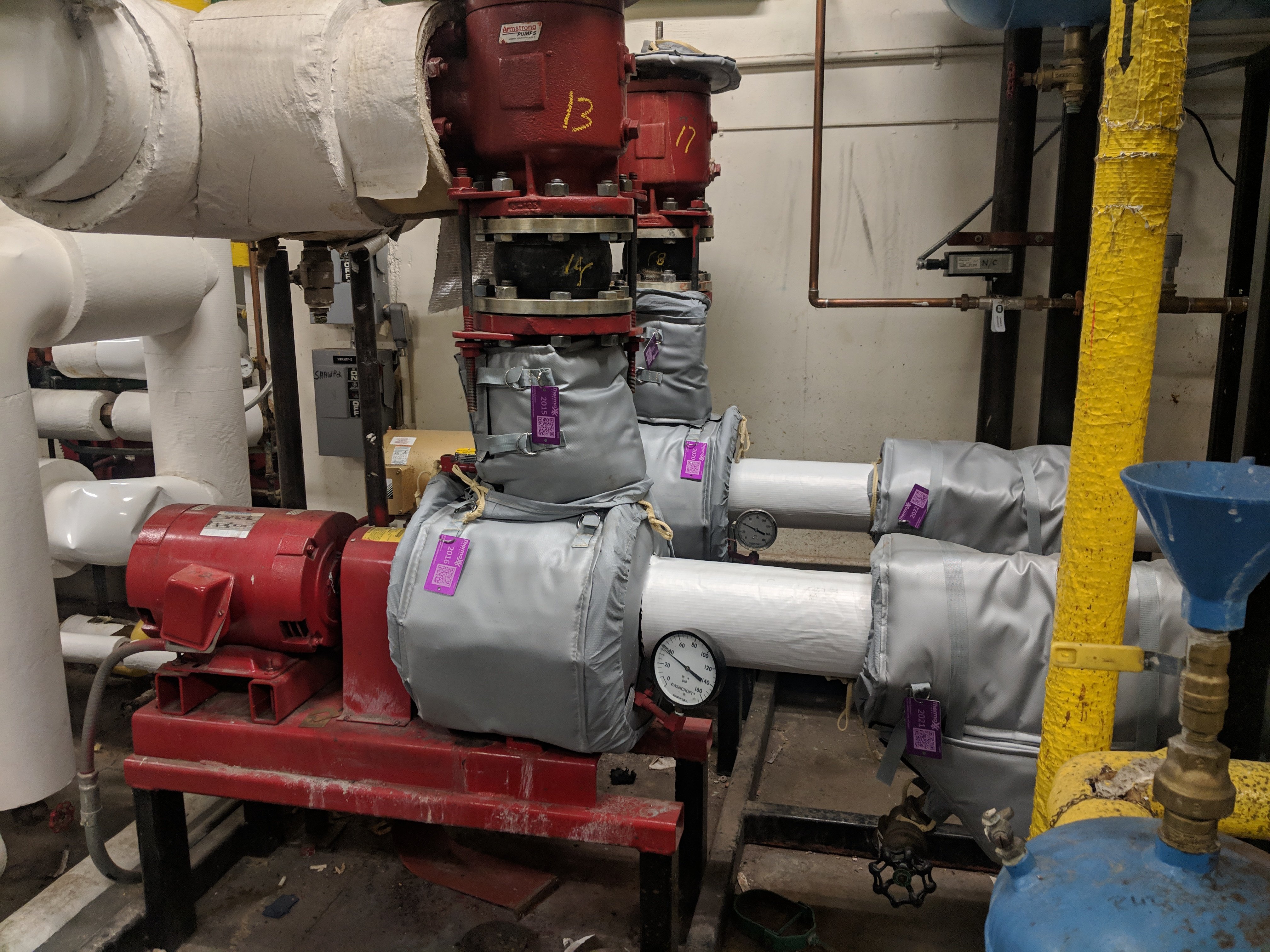Is Your Heating and Cooling System Adequately Insulated?
Find out for sure.
There are many variables to be taken into consideration when ascertaining if your facility is currently insulated properly. Usually, when facility managers think about insulation, they think about exterior insulation and focus on the R value of the insulation in the walls and roof.
While this is indeed important, there are many other areas of almost every facility where heat loss can run rampant and, occasionally completely undetected. Until about 10 years ago, heating and cooling insulation was almost never designed pre-build. It was applied to reduce heat loss solely to bring down fuel costs. Because of this one-purpose insulating theory, most of today’s facilities are not insulated as thoroughly as they could be.
Here are five areas in which insulation problems often occur:
- Lack of Jacketing Integrity: Open seams around points of intersection such as pipe transitions, branches and tees can cause rather extreme loss of heat. Especially in older buildings, insulation at these junctures if often insufficient, if it exists at all. All too often, the entire pipe is insulated all the way up to the junction. There, occasionally there is a jerry-rigged affair of insulation padding wrapped around the intersection and more often than not, insulation is absent all together.
- Proper Vapor Barriers: The degradation of vapor barriers is one of the most common causes of insulation breach and pipe damage. There are several causes for the breakdown or breaching o vapor barriers, but one of the most common is improper jacketing. If the pipe or vessel surfaces are exposed to moist air or weather, corrosion will occur. Ensuring that the insulation jackets are of the correct material for the specific application is key to preserving vapor barriers and retaining insulation integrity.
- Pipe Penetration Seals: The juncture of pipe to wall, especially to an exterior wall, is often the source of air and heat leakage. Proper sealing measures must be taken in order to insure that heat is not lost through the penetration point in the wall. There are many solutions available that will create a secure pipe-to-wall seal. Solutions vary based on the materials involved.
- Steam Trap Insulation: Steam traps, because of their high-moisture nature are notoriously hard to insulate and so, as often as not, go uninsulated. This can be a major source of heat loss. Along with the special requirements of steam traps, the fact that they are (or should be) inspected at least annually often leads to insulation removal. It’s not uncommon that the insulation is never replaced after these inspections, leaving this piece of equipment uninsulated. Replaceable steam trap insulation covers are often the solution for this dillemna.
- Pipe Flange Insulation: Normally, pipe flanges are larger than the adjacent pipe diameter and outmoded insulation simply abuts the flange. This is a common cause of heat loss and can be ameliorated by the use of custom ordered pipe flange insulation jacket.
Improving the heating system insulation in your facility can have incredible benefits and allow you to use energy far more efficiently leading to a smaller ecological impact. Paying attention to these common insulation problems is an important part of any facility manager’s job.

Thermaxx Jackets
Thermaxx Jackets was founded over 25 years ago with a single purpose: to help our clients save energy with removable insulation blankets when traditional stay-in-place insulation is not practical. Our dedication to this purpose has resulted in a long list of customers who have saved money thanks to Thermaxx Jackets! Combining expertise in heat loss, wireless monitoring, insulation design, and several other disciplines, we’ve become the #1 provider and fabricator of removable insulation jackets and covers. The Thermaxx Sales and Service teams are experienced and trained to provide clients with the most timely and cost-effective solution.
Categories
- removable insulation
- thermaxx jackets
- energy savings
- savings
- energy efficiency
- safety
- pipe insulation
- energy
- case study
- insulation materials
- thermal insulation
- heat loss survey
- heat loss
- energy loss
- hot insulation
- fiberglass
- installation
- steam
- New York
- custom insulation
- NYC Case Study
- boiler
- university
- Connecticut
- reusable insulation






